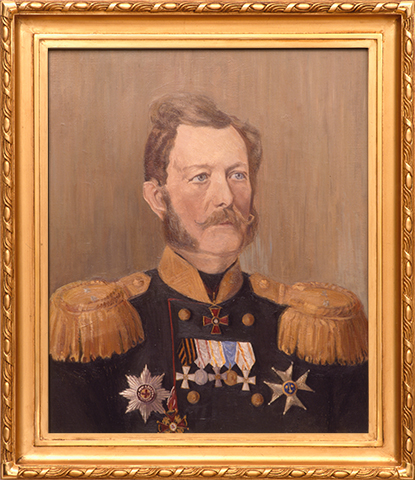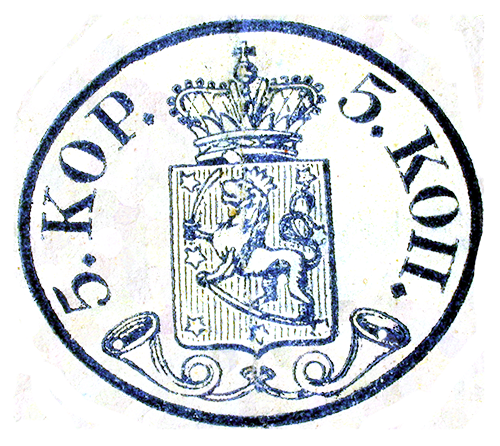



Artist unknown
Gripenberg (1805–1872) was nominated for the post thanks to his dependability, not due to his experience in the civil service. Before joining the postal services, he worked at the Governor-General's office. During his time, the Postal Services no longer checked people's post as this had given the organisation a bad reputation, and it did not fit Alexander II's liberal politics. Censorship of foreign newspapers continued. The postal route network was expanded. Gripenberg was not a great reformer, but he managed to improve the Postal Services' public image significantly through small actions.
Gripenberg passed the matriculation exam in Turku in 1819, after which he pursued a military career. He served in Finnish and Russian regiments, and he was appointed the Company Commander at the Finnish Cadet School in 1844. He was a Major General when he moved to the Governor-General's office in 1855.
